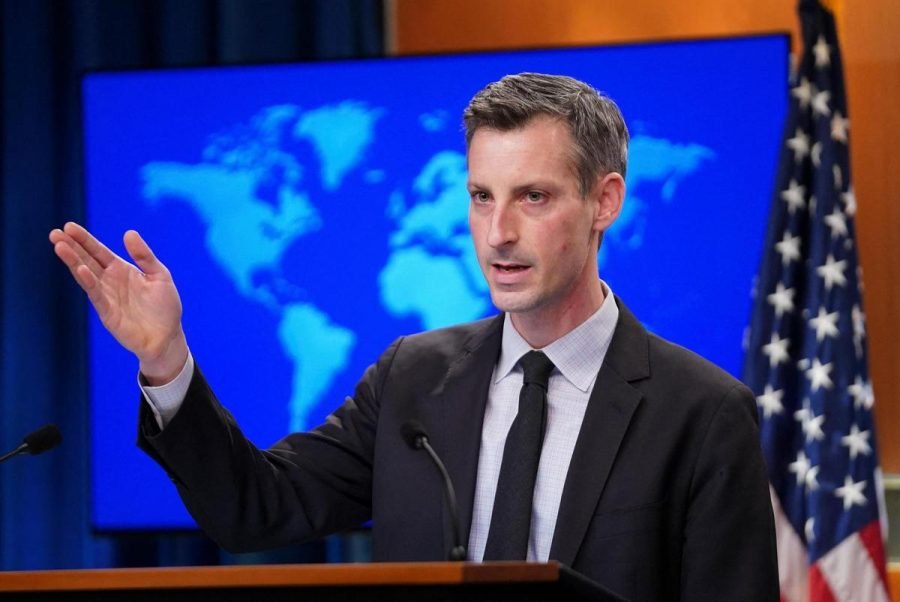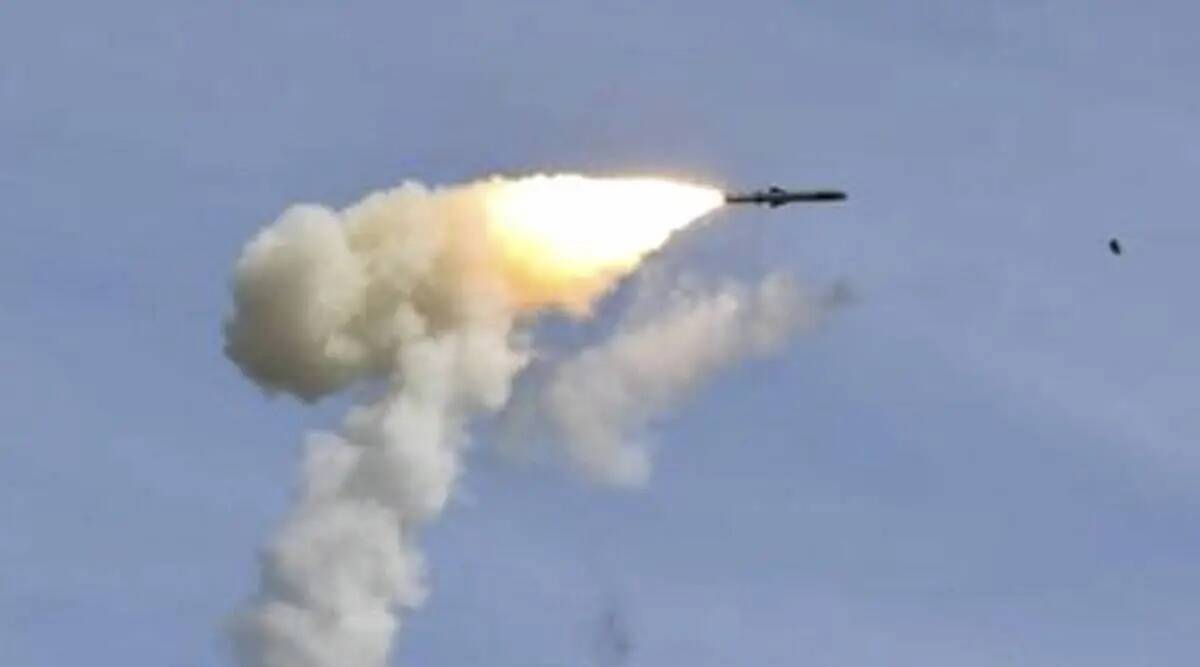The United States said on Monday it has “no indication” that India’s missile firing into Pakistan last week was “anything other than an accident”.
US State Department Spokesperson Ned Price made the statements when replying to an inquiry regarding the event, asking the journalist to reach out to the Indian Defence Ministry for a follow-up.

“We have no evidence, you also heard from our Indian counterparts, that this occurrence was just an accident. We direct you, of course, to the Indian Ministry of Defence for any follow-up. They published a statement on March 9 to clarify precisely what had transpired. We do not have a remark beyond that,” Price said in a press briefing.
India had actually released a statement on March 11, a day after Pakistan’s military highlighted the problem in a news briefing and two days after the actual launch of the missile.
Referring to the arrest of seven persons thought to be part of a national gang engaging in illicit uranium trafficking in India in June last year, the journalist then questioned Price whether the US had ever expressed concerns with India after the incident or talked about it in diplomatic discussions.
The US State Department official answered, “I am not acquainted with that particular event. What I would say is that nuclear safety across the world, especially in nations — nuclear-armed countries, it is always a dialogue that is continuing.”
Last week, Director-General of the Inter-Services Public Relations (ISPR) Maj Gen Babar Iftikhar had provided information about an Indian “high-speed flying object” that landed in Mian Channu, Khanewal area.
“On March 9, at 6:43 pm, a high-speed flying object was detected up within the Indian territory by Air Defence Operations Centre of the Pakistan Air Force (PAF). From its original route, the object rapidly manoeuvred towards Pakistani territory and violated Pakistan’s air space, finally dropping near Mian Channu around 6:50 pm,” he stated.
“When it collapsed, it damaged civilian houses,” he added, adding no loss of life was recorded.
Air Vice Marshall Tariq Zia, who attended the press conference alongside the DG ISPR, informed the media that at the time the missile was picked up, there were two airway routes operating and multiple commercial planes were in the region.
“The projectile reached a height of 40,000 feet and flew at a speed of 35,000 to 42,000 feet, as per the measurements of its velocity and height. Passengers might have been in danger as a result of this.”
In three minutes and 44 seconds, the rocket travelled 124 kilometres across Pakistani territory.
Works at The Truth International Magazine. My area of interest includes international relations, peace & conflict studies, qualitative & quantitative research in social sciences, and world politics. Reach@ [email protected]










